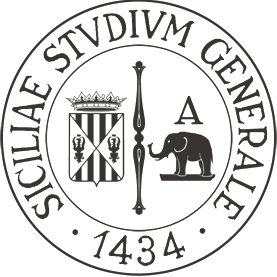
International Master's Degree
in Biodiversity
ABOUT MSc

2 years (4 semesters): theory and practice.
20 courses, divided into 4 categories:
1. Ecological, Evolutionary, Systematic theory.
2. Biodiversity definition & classification.
3. Biodiversity analysis.
4. Practical skills and field activities.

You have the opportunity to implement researches in such areas as:
• Global ecology and biodiversity (tree species diversity; time-change in biodiversity trends; decomposition across biomes; etc.).
• Impacts of beaver dams on C-cycle in the Ob river basin.
• Primary ecological successions on the melting profile of the Small Aktru glacier (Altai Mountains).
• Siberian pine’s growth under climate change (a dendrochronological analysis).
• Treeline shifting northward in Russian mountains.
• Recent trends in deforestation and fire across Russia.
• Studies about Snow leopard, ethology, ecology and conservation biology (Altai and Tibet), and many others.

You will be able to participate in scientific studies on KAJBASOVO & AKTRU research stations. All this will provide the opportunity to become acquainted with a great variety of landscapes, different types of reliefs and paleogeographical relics, distinctive geological structures and evidences of earthquakes, amazing biodiversity in wild ecosystems, unique archaeological objects and the dynamic variety of nomadic populations.

Download the syllabus of the courses taught at this Master’s degree program:
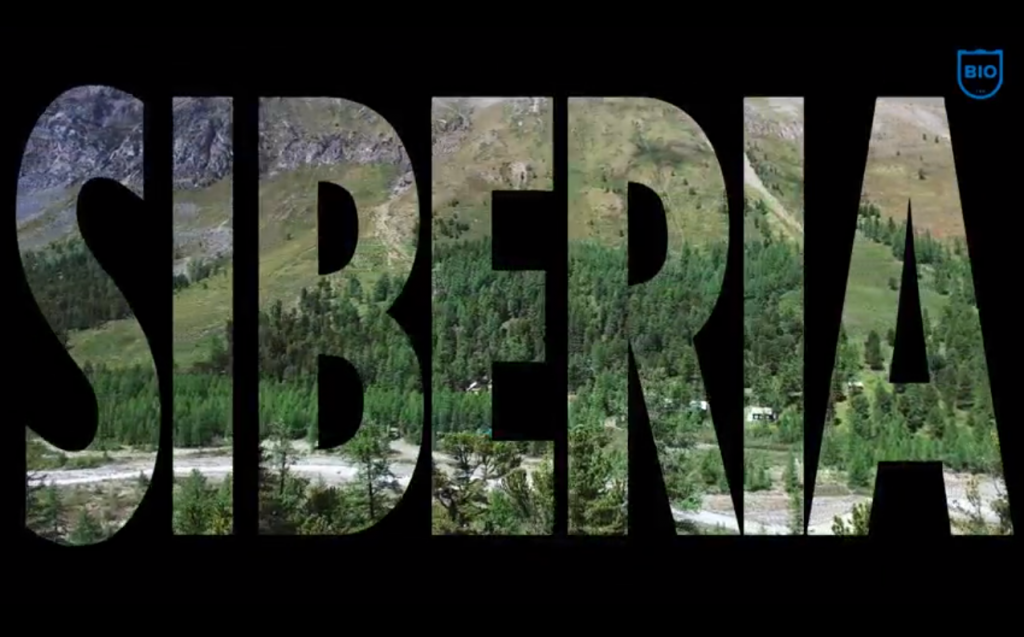
What do you know about Siberia?
• The largest Arctic continental shelf of the Earth.
• Global changes happen faster in Siberia. That is why it has unique importance for the Earth’s biodiversity.
• 4 largest rivers in the world flow here.
• The biggest lake in the world – Baikal is located in Siberia.
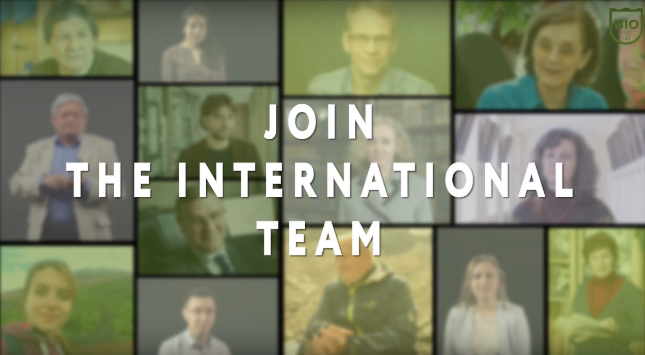
International Team
TSU Master program in Biodiversity unites an international team, provides advanced knowledge, trains practical skills and supports field activities in Siberia. Teachers and students are telling why this MSc is unique and engaging. Want to know more? Click this video and find out what opportunities the MSc offers!
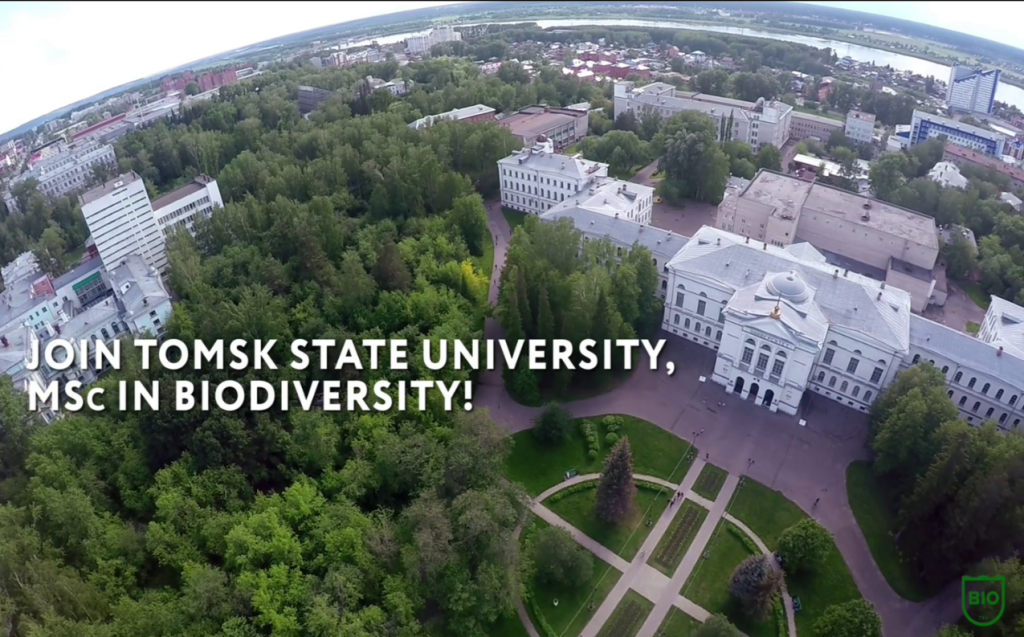
You still thinking where to go?
• Tomsk is the student capital of Russia.
• Every fourth resident of Tomsk is studying or working at one of the universities.
• Tomsk State University (TSU) was founded in 1878 and became the first University in Siberia.
• Advanced research base at TSU.
• There are many small and cheap cafes in close proximity to the University.
• Residence hall PARUS with double & triple rooms is the newest in Tomsk (living fee – $15 per month).
2 YEARS
Term of education on the program
FULL-TIME
Mode of study
ENGLISH
The main language of education
OUR TEACHERS
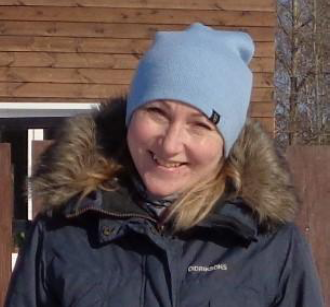
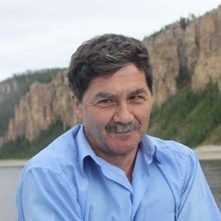



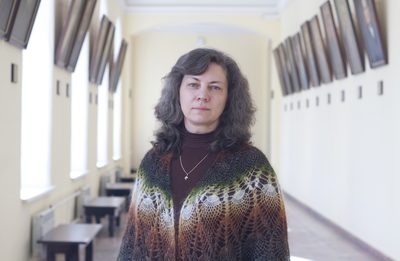
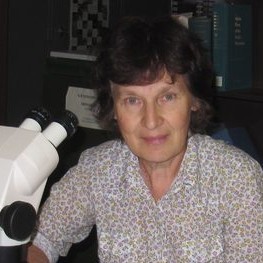



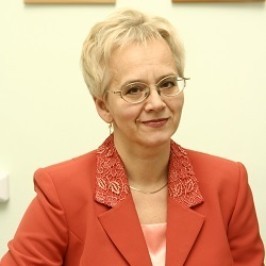
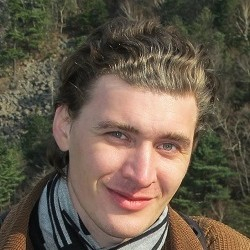

Topics for the diploma:
also, you can suggest your own topic!
Trematodes of carp fish;
Forest genetics and selection;
Introduction of plants of natural flora;
Resources of waterfowl in Western Siberia:
abundance, migrations, hunting, phylogeography;
Fauna and ecology of blood-sucking mosquitoes;
Mycobiota of cedar and pine forests of Tomsk region;
The alpha, beta and gamma patterns of global forest biodiversity;
Reproductive biology of amphibians and reptiles in Western Siberia;
Northwestern Pacific: ecology, biology, conservation and distribution;
Population structure of the coastal ichthyofauna of the Japan and Okhotsk
seas of the Northwestern Pacific: ecology, biology, conservation and distribution;
Structure of fish communities in the diverse rivers of the South Western Siberia;
Diversity of Plant Growth-Promoting Rhizobacteria & their use in agrobiotechnology;
The role of environmental engineers in biogeochemical cycles and biodiversity;
Physiological adaptation of animal and plant to a changing climate;
Behavioural adaptation of animal and plant to a changing climate;
Ecology and ethology of the snow leopard in the Altai Mountains;
Climate change influence on species diversity and distribution;
Inventory of cartilaginous fishes of the Northwestern
Pacific: ecology, biology, conservation & distribution;
Population structure of sterlet (Acipenser ruthenus,
Acipenseridae) in the Middle Ob river basin;
Using of GIS approach in conservation;
Using of GIS approach in systematics;
Phylogeography of Aggr. Poa glauca;
Phylogeography of Aggr. Poa stepposa;
Intraspesial diversity of Aggr. Poa glauca;
Intraspesial diversity of Aggr. Poa Stepposa;
Inventory of marine and freshwater ichthyofauna of
Sakhalin Island: ecology, biology, conservation and distribution;
Biological protection of plants and forest pathological monitoring;
Soil fauna of the Altai Mountains as indicator of the climate changes;
Ecology and genetic diversity of some widespread or rare species of vertebrates;
Bio-diversity and population structure of Oligochaeta in the south part of West Siberia;
Comparative anatomy of male and female urogenital systems of Asiatic
salamanders (Amphibia, Caudata, Hynobiidae).
NEWS
See more

See more
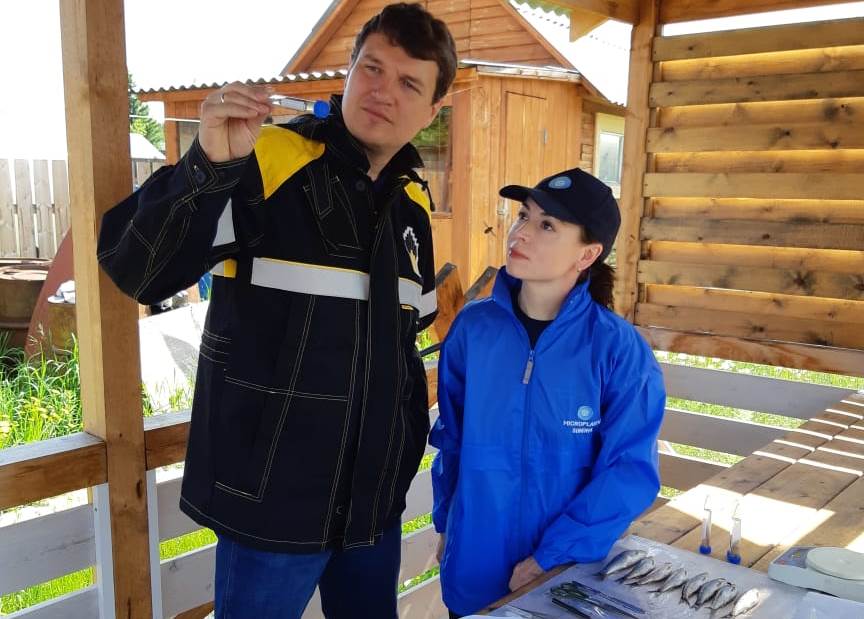
See more

See more
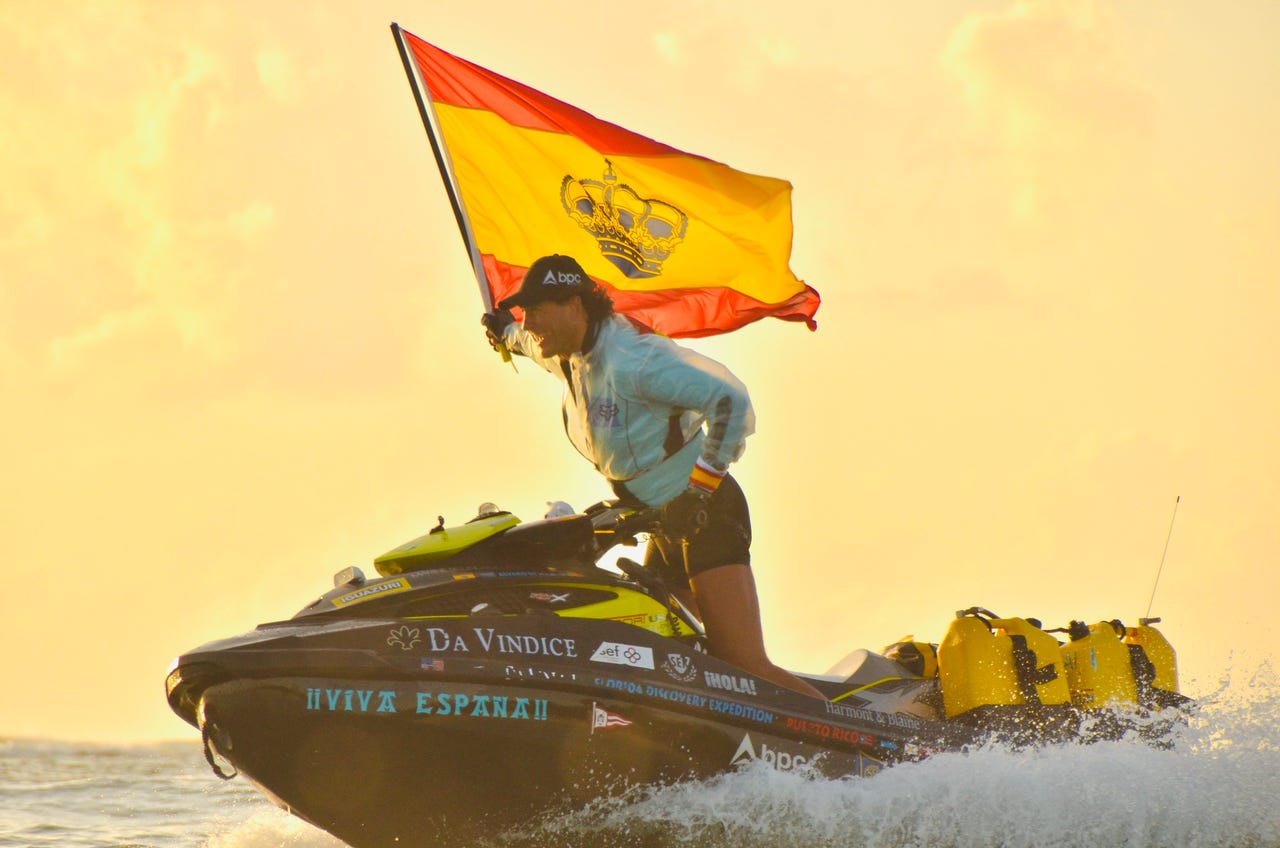
See more
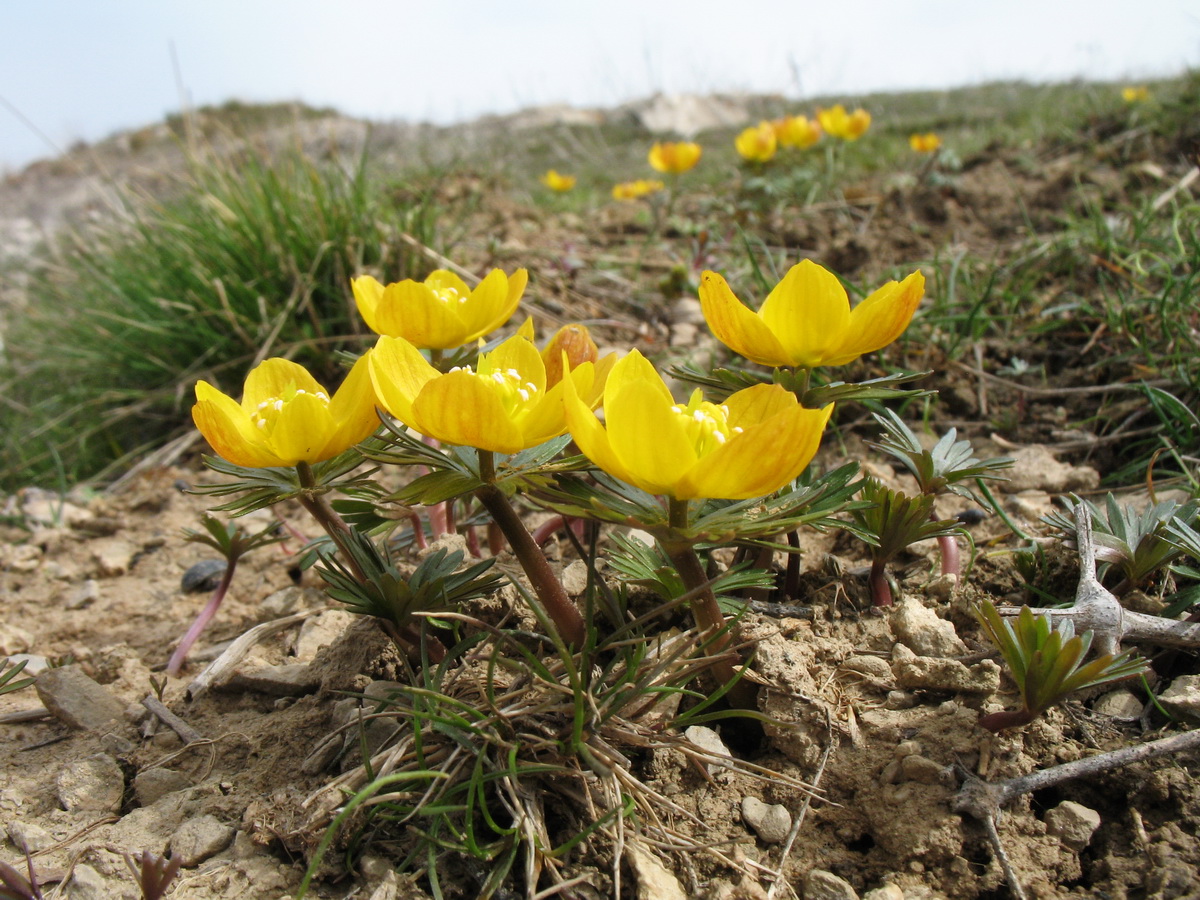
See more
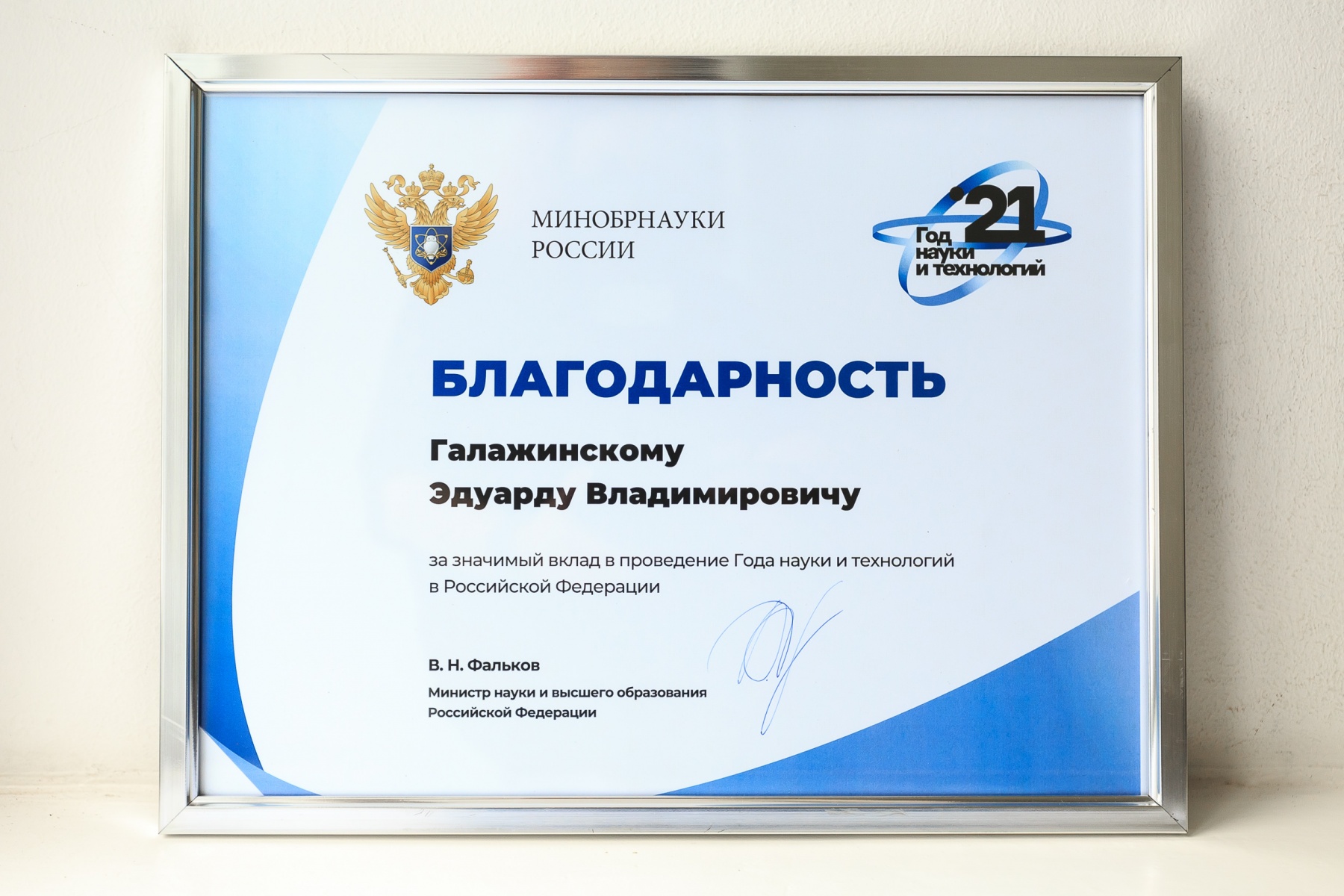
See more
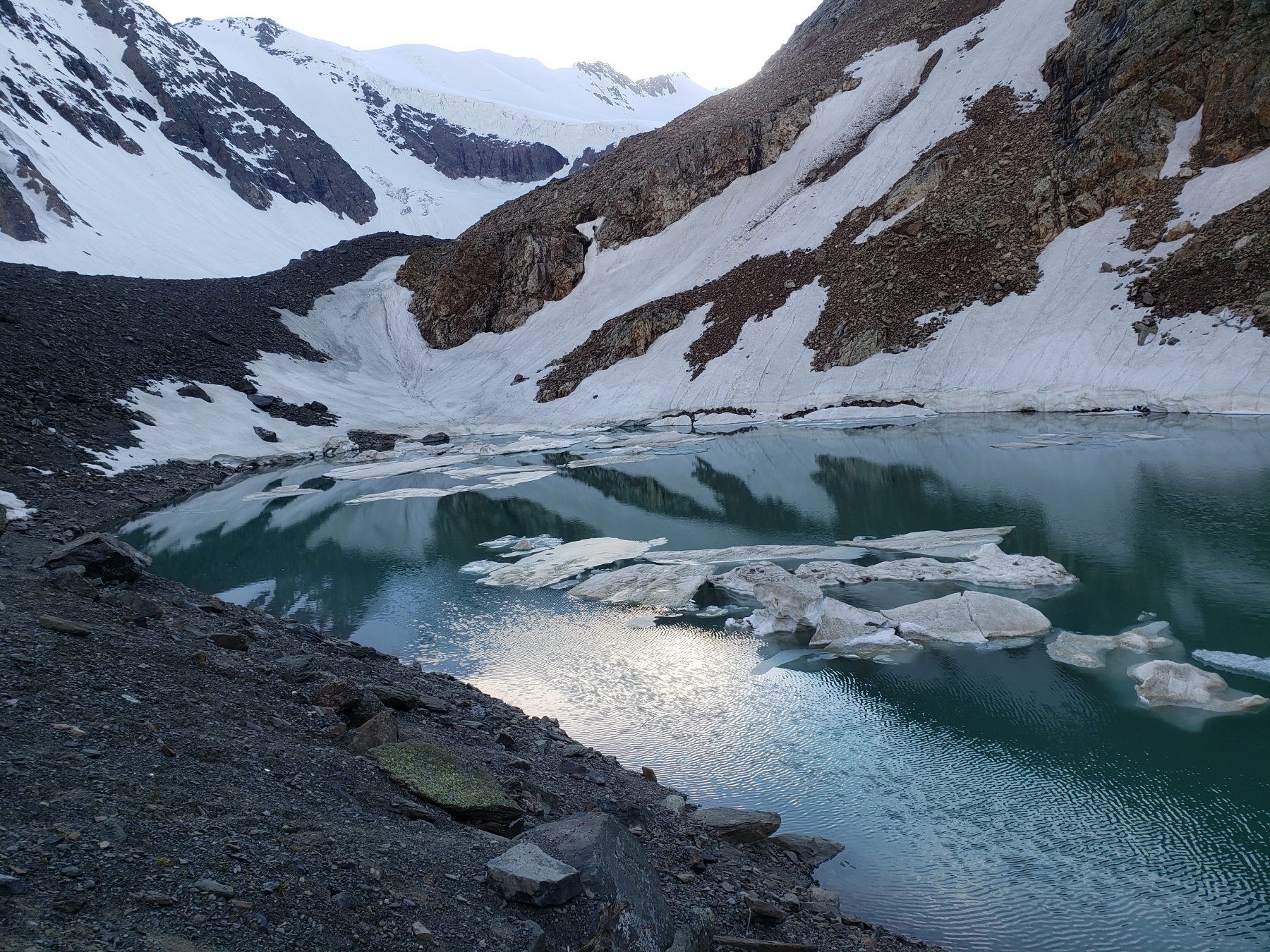
See more
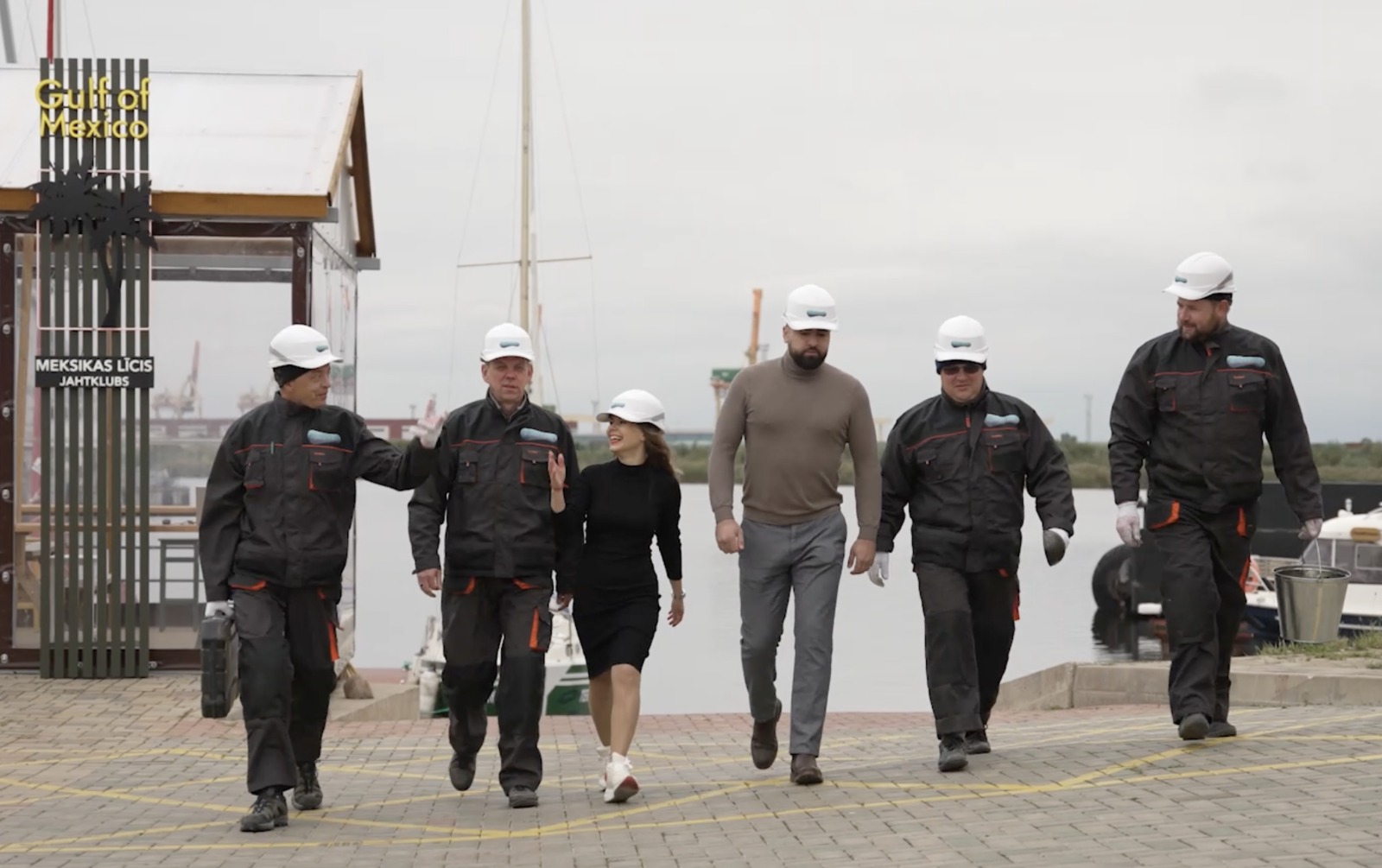
See more

See more
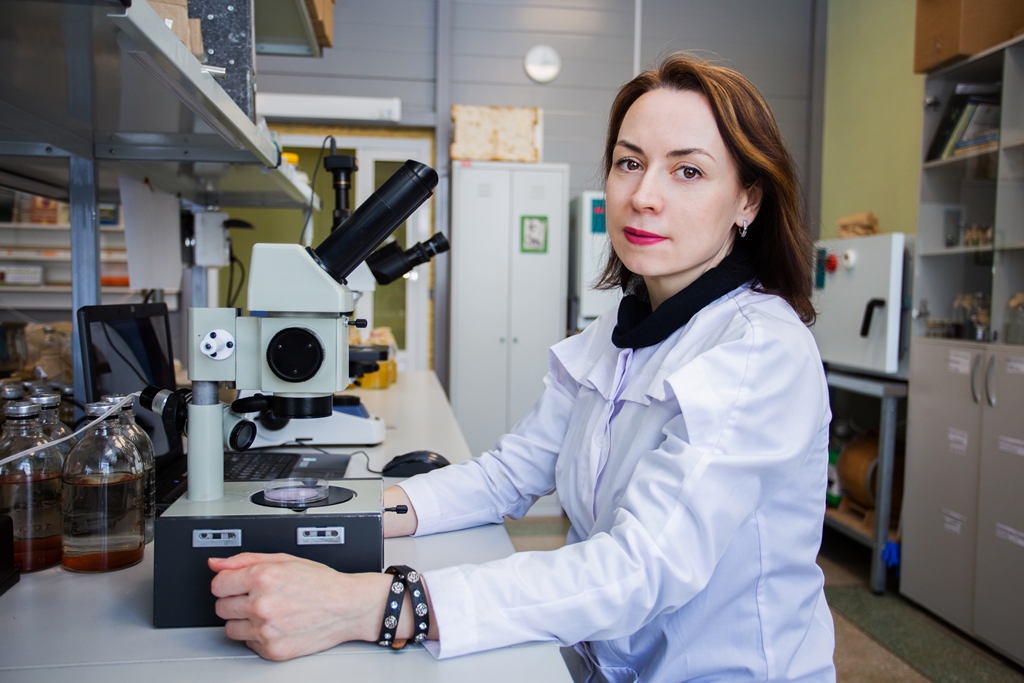
See more
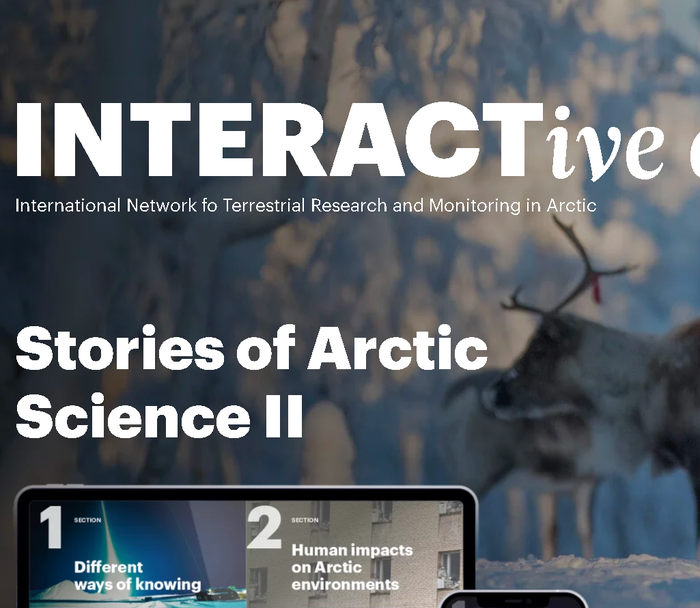
See more
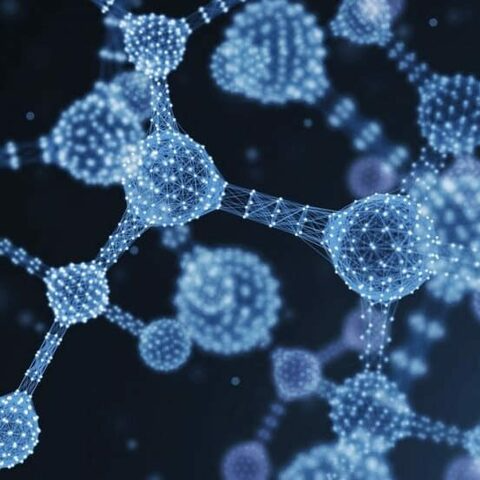
See more
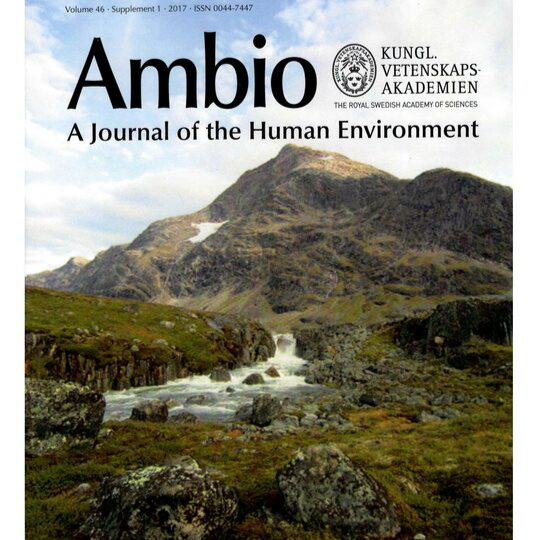
See more
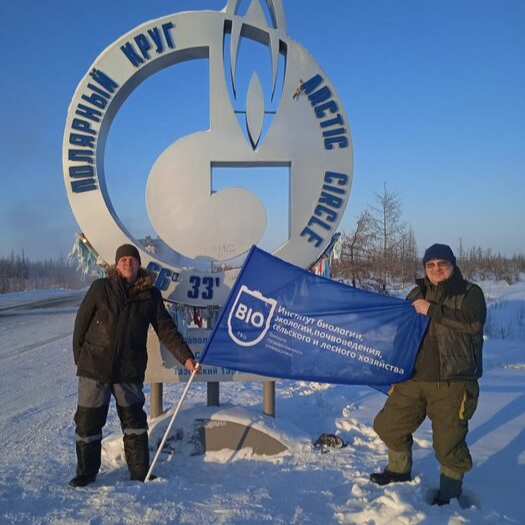
See more
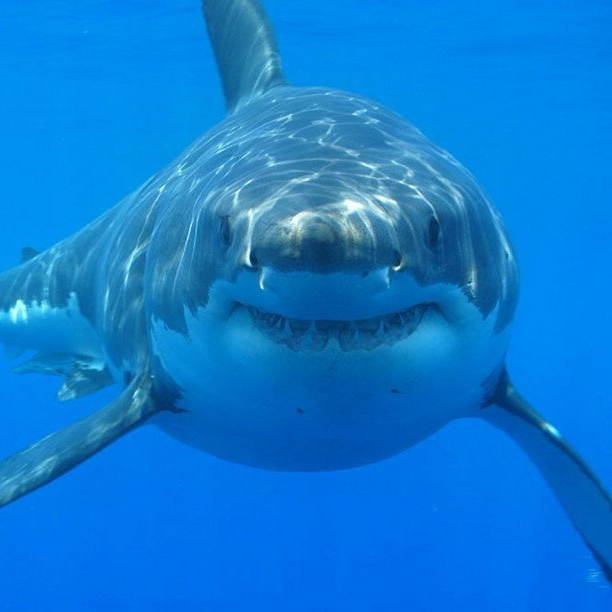
See more
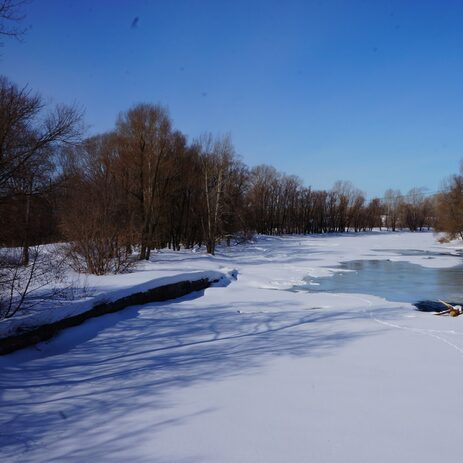
See more

See more

See more
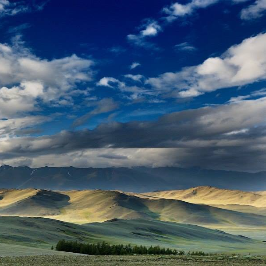
See more
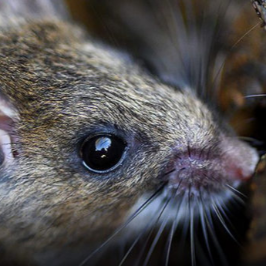
See more
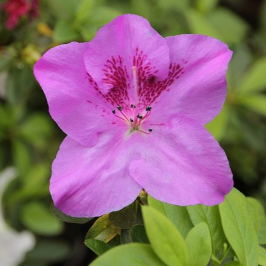
See more
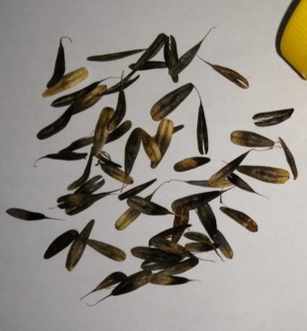
See more

See more
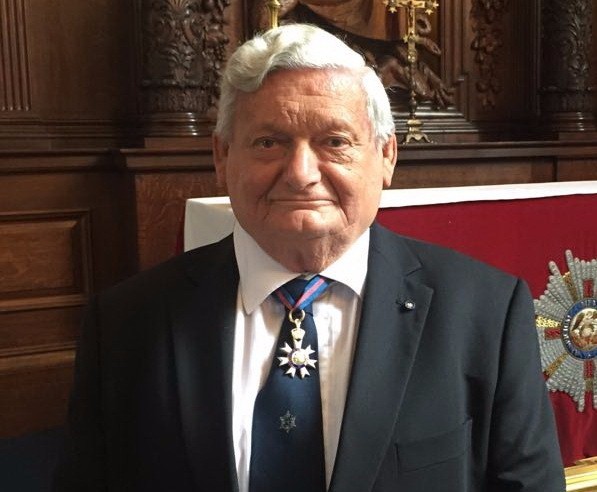
Students sight
CONTACTS:

Program Manager:
Assiya Boltovskaya
E-mail: ecolifeclubtomsk@mail.ru
Mob.: +7-909-545-39-54
